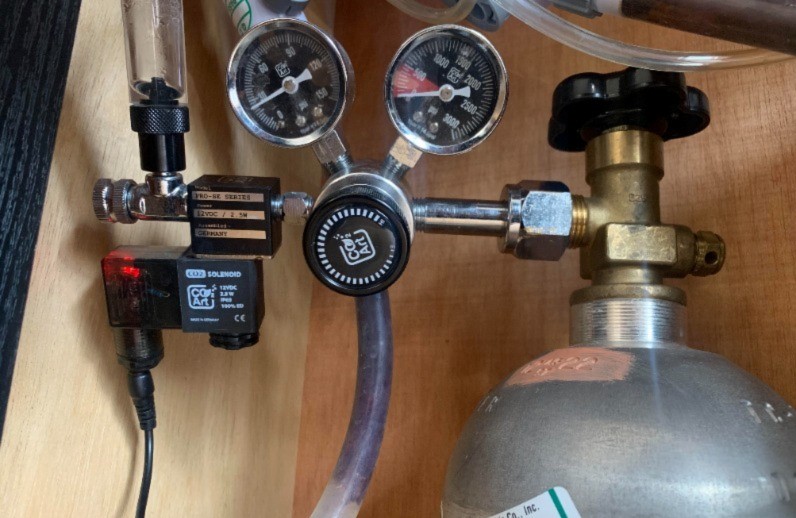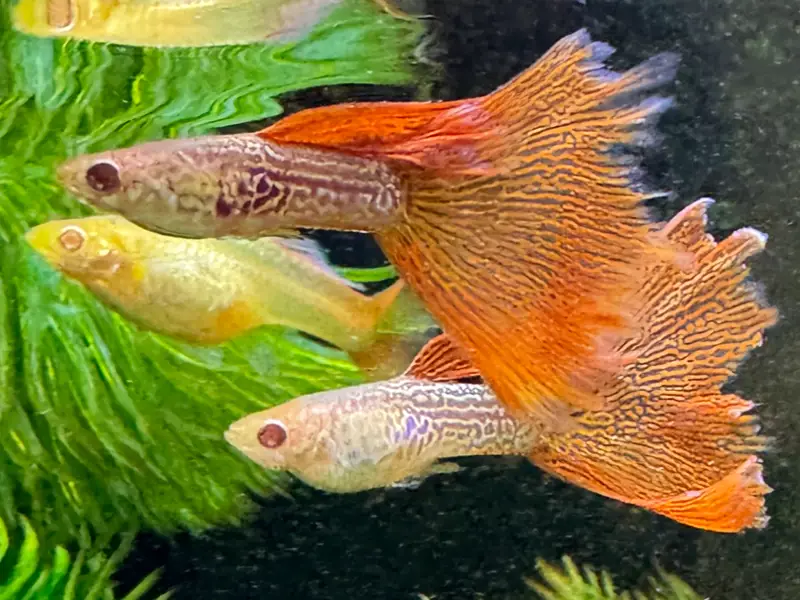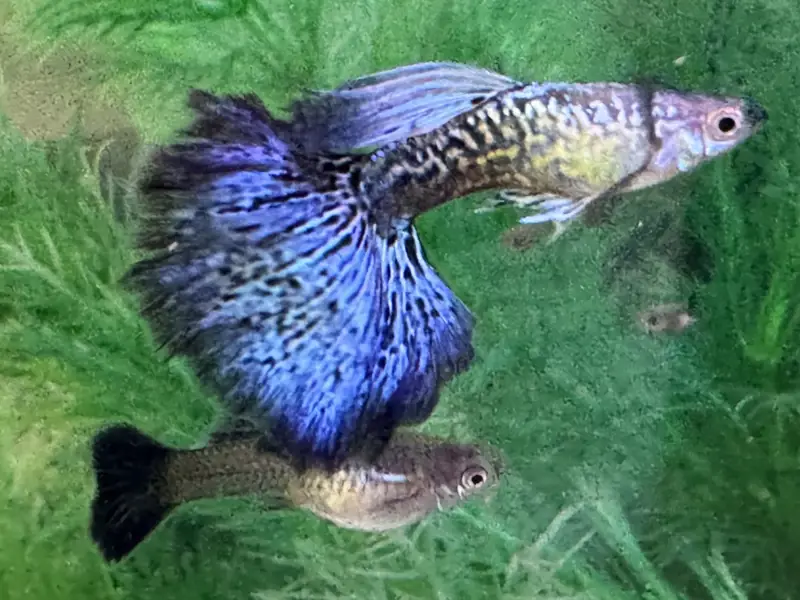CO2 In An Aquarium: How Much Is Too Much?
Posted by on 01/22/2023
We use affiliate links and may receive a small commission on purchases.
Injecting CO2 into an aquarium is an important step if you're looking to grow more challenging aquatic plants. It's essential if you're trying to re-create Iwagumi aquascapes or some of the more popular dutch-style freshwater aquariums.
As the saying goes, with great power comes great responsibility! And this phrase bears truth when it comes to the planted tank hobby. Too much CO2 in an aquarium can be lethal to tank inhabitants, so it's important to know when you're injecting too much, and what to do to remedy the situation.
January's Giveaways on Light Fish
Signs of Too Much CO2
If you suspect you might be injecting too much CO2 into your aquarium, there are some telltale signs to look for when determining if you're overdoing it.
It's important to always closely monitor your planted aquarium whenever you plan on making changes to the CO2 injection rate. Keep an eye out for the following indicators of too much CO2.

Gasping
If you notice your fish hovering near the surface of your aquarium, or worse - gasping for air, then you've added way too much CO2. Your fish are indicating that they're unable to get sufficient oxygen, and you'll need to take action immediately.
In some cases, if the CO2 is being administered for far too long, your fish may even appear as if they're "drunk" and swim erratically throughout the aquarium. While this is a scenario no hobbyists want to witness, the fish can recover once oxygen-rich water has been reintroduced back into the aquarium.
Inactive Inverts
If you have freshwater shrimp, such as blue dream or orange pumpkin these fish will react to CO2 by becoming more lethargic. All freshwater aquarium shrimp should be active scavengers, if it appears that your shrimp are standing still or frozen, then it's a good indicator that you've added too much CO2.
Inverts tend to be more sensitive to an increase in CO2 compared to fish, and will often show signs of stress before your aquarium fish do.
Large Drop in pH
You can measure a change in CO2 by studying the drop in pH before CO2 injection and after a 2-3 hour injection period.
A drop in 1 point of pH is ideal, so for example, if you have a pH of 7.5 before injecting CO2, and a pH of 6.5 after 3 hours of injection, you're injecting a safe amount, which is typically around 30 ppm.
If the drop is over 1 point of pH, then you're injecting CO2 at too fast of a rate.
Drop Checker Turning Yellow
If your drop checker has turned yellow, then you've probably added too much CO2. It's important to remember that drop checkers operate on a 2-hour delay. If you notice that your drop checker is yellow, in reality, the CO2 is much higher, and you'll want to reduce the level of CO2.
However, just because your drop checker is yellow - doesn't necessarily mean you have added too much CO2 if your tank inhabitants are behaving normally. This is often seen in tanks that run a lot of surface agitation. The increase in surface agitation off-gasses CO2 and makes the water column more oxygen-rich.
How To Lower CO2
Okay, so you've determined that you've added too much CO2, but how can you fix it? You need to be careful here - removing a large portion of the CO2 at once can be lethal to your inhabitants, and you'll want to take the necessary steps to ensure you don't find yourself in this situation in the future.
Luckily, we got you covered - these suggestions should put you on the right track.
Incremental Water Changes
If you need to lower CO2, making small 10-20% water changes over a 1-2 hour period is the best method for the safety of your tank inhabitants.
Fish are sensitive to sudden changes in water chemistry, since you've overdone it with CO2, your fish are now swimming in a much more acidic environment than they're probably used to!
Performing a 10-20% water change with your tap water will reintroduce more oxygen-rich water. You can turn off your CO2 injection during this time. After a few hours have passed, your fish will have adjusted back to a more oxygen-rich environment.
Increase Surface Agitation
One of the best methods to prevent a CO2 overdose is through increased surface agitation. HOB (hang-on-back) filters are great for this, as the water that flows from the filter into the aquarium breaks the surface, creating oxygen bubbles that get absorbed into your tank water.
You can also use a powerhead, such as those from ecotech marine to add more current. Aim for a nice ripple that doesn't break the surface.
If you use a canister filter, adding a surface skimmer to your lily pipes will also add oxygen back into your aquarium.
Dial In CO2
You'll need to stop injecting CO2 and re-evaluate how much CO2 you've been injecting and make adjustments as necessary.
This step is often referred to as "dialing in CO2" and the correct rate at which to inject CO2 is unique to each aquarium. Hobbyists that run higher levels of O2 through surface agitation will be able to safely inject more CO2 without any ill effects from their tank inhabitants.
Many aquarists spend a day slowly increasing the CO2 during the injection period. Once they notice any signs of stress from their inhabitants, they slowly reduce the CO2 injection rate. This reduced rate is often the optimal level of CO2 injection for a planted aquarium. It provides enough CO2 without stressing your inhabitants.
Conclusion
Now that you've learned about how much CO2 is too much, do you think you have all of the knowledge needed to remedy or prevent a CO2 overdose from occurring?
Injecting CO2 can be a rewarding aspect of fishkeeping. As long as you don't overdo it, you'll have a lifetime of success with this wonderful hobby. Let us know what your thoughts are on injecting CO2 by commenting below, and be sure to check out our marketplace and community forum.
January's Giveaways on Light Fish


